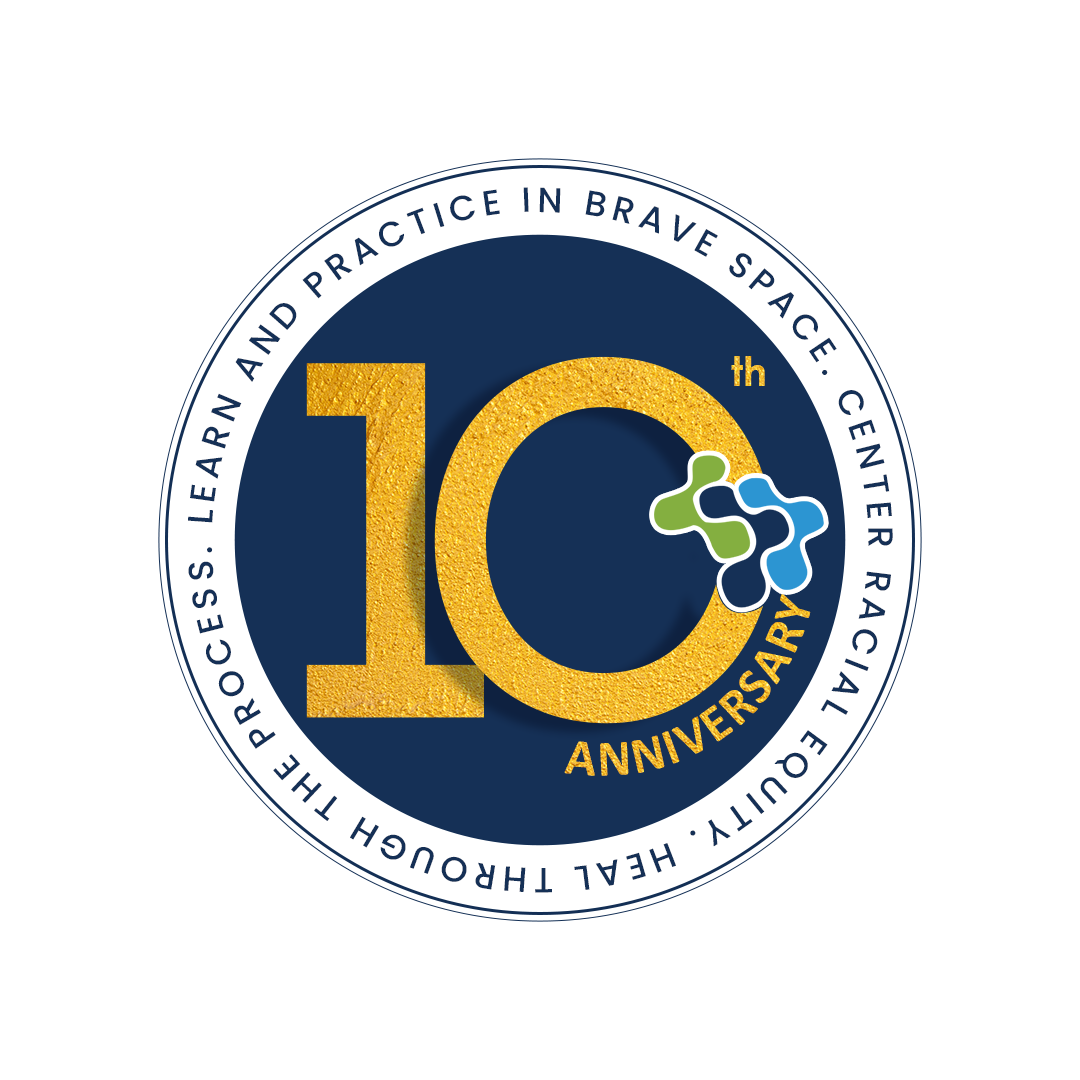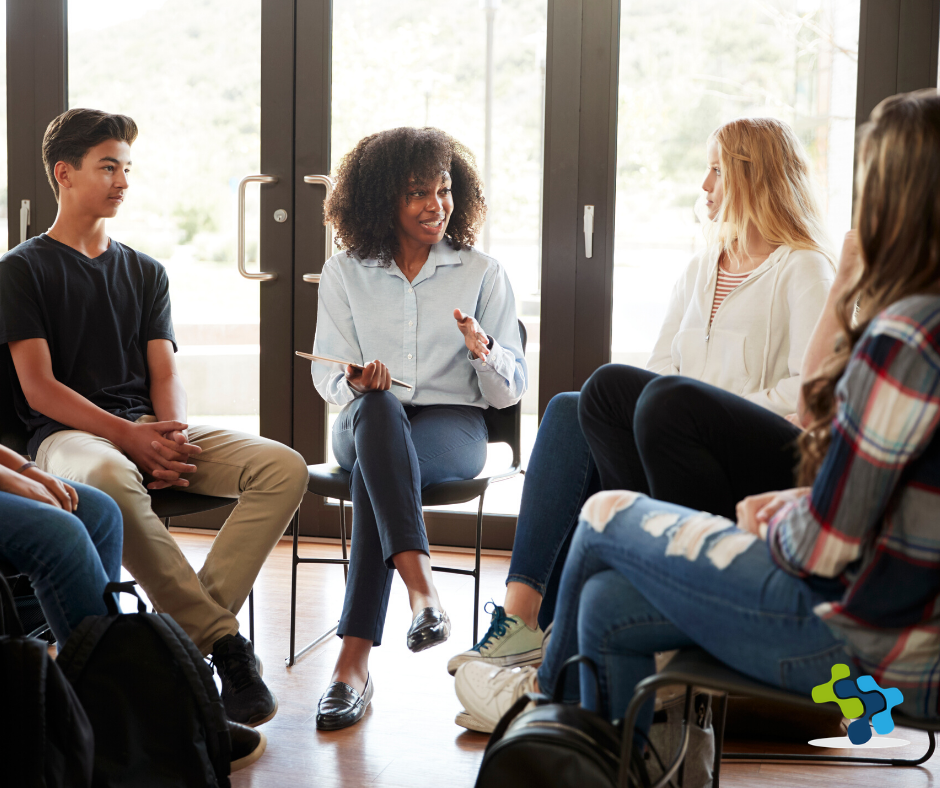Co-Authored by Neith Sankofa
Since the tragic lynchings of Ahmaud Arberry, George Floyd, Breonna Taylor, and, most recently in Atlanta, Rayshard Brooks, there has been a heightened awareness of racism and white supremacy, and its impact on the well-being of Black, Indigenous and other People of Color. As a consistent voice for racial equity and Healing Justice, we have received inquiries from organizations about facilitating conversations that center racial equity. These inquiries are almost always fueled by a realization that ‘we need to have a session’ (checkbox focus) versus mapping out a thoughtful learning journey to help their organization confront their internal systemic racism in order to shift to a new paradigm that disrupts institutional racism. We continuously educate these organizations that centering racial equity requires a long term intentional commitment since we have been steeped in a culture of white supremacy for 400 years. Any conversations or initiatives that seek to help participants understand, embrace and embody racial equity and justice requires a prerequisite ‘unmasking process’ to allow participants to show up fully and share their authentic selves and experiences.

CommunityBuild Ventures supports communities in unmasking using our Brave Space Building™ protocol*. Brave Space Building™ is a 6-step process that is structured to allow participants to be their most authentic selves and lean more deeply into conversations that center racial equity. It creates a supportive “container” where participants feel connected to each other, the work ahead, and themselves. We have witnessed the powerful impact that this framework creates for and with organizations across diverse spectrums. We believe that Brave Space Building™ is a necessary framework to create a foundation for transformational work.
Brave Space Building™ Protocol for Centering Racial Equity
- Gratitude
Coming into a new team or any group of people in a meeting can be difficult for everyone. Beginning any engagement with an invitation for each person to share the gratitude that is present in their lives helps a new, growing, or well established team bond and serves as an invitation to the group to operate from a place of curiosity, empathy, and trust.
- Intentions
Setting and living your intentions allows you to focus on who you are in the moment, to recognize and live your values, and to raise your emotional energy, which in turn raises your physical energy. Creating individual and group intentions guide the process and progress of the work. Intentions provide a road map and reminder for how you want to show up to live out each day. They concretize your purpose, and provide inspiration, grounding, and motivation along the journey.
- Exploring Feelings
Some emotions present an extra challenge when we encounter them in environments that have been shaped by ideals of professionalism that often negate the necessity and wisdom of human emotional response… Becoming more aware of the presence of emotions is essential self-care, self-worth and communal equity work. Identifying your feelings, and recognizing how they can assist in navigating towards solutions positions you to better understand triggers and learn to manage and articulate them more effectively.
- Assumptions
Assumptions are used for centering or grounding around the approach to the work of racial equity. They are an intentional call-out of the inherent biases that are present within all individuals who have been exposed to a white supremacist culture. They are all taken as facts, which are brought to light in order to further participants’ abilities to show up fully, willing to not only see other’s potential for growth, but their own.
- Community Agreements
Community agreements provide a common framework for how people should work together as they take part in transformational action. Developing community agreements is a powerful strategy for coalescing a group into a team.
- Shared language
Shared language refers to people developing understanding amongst themselves based on language (e.g. spoken, contextual) to help them communicate more effectively. Developing a shared language is an ongoing process that requires intention and time, and results in deeper understanding and more effective solutions.
*This protocol is most powerful and effective when used within an ongoing professional learning community and facilitated by skilled facilitators.


